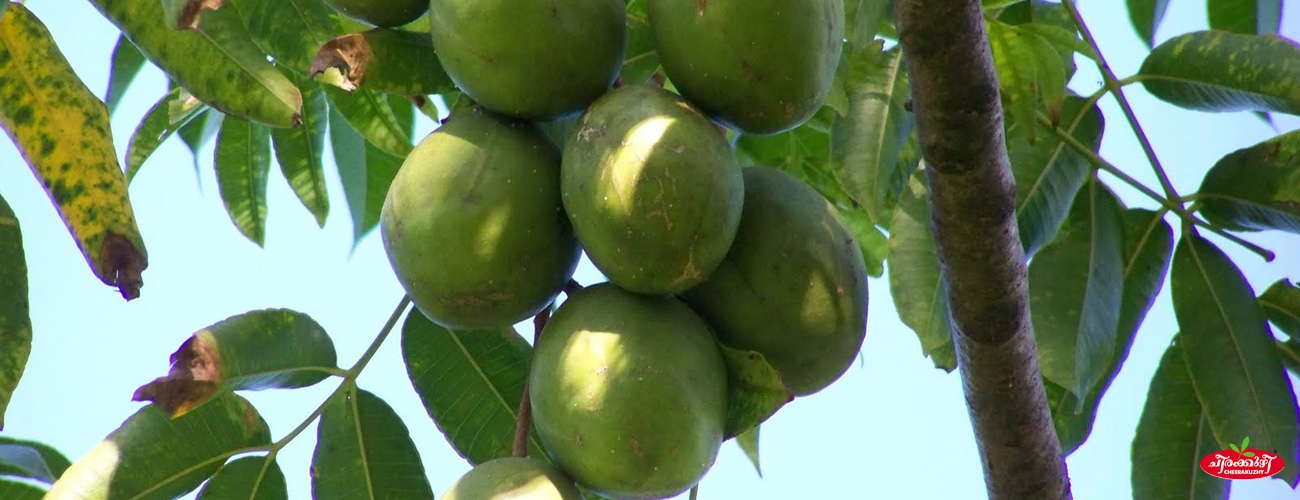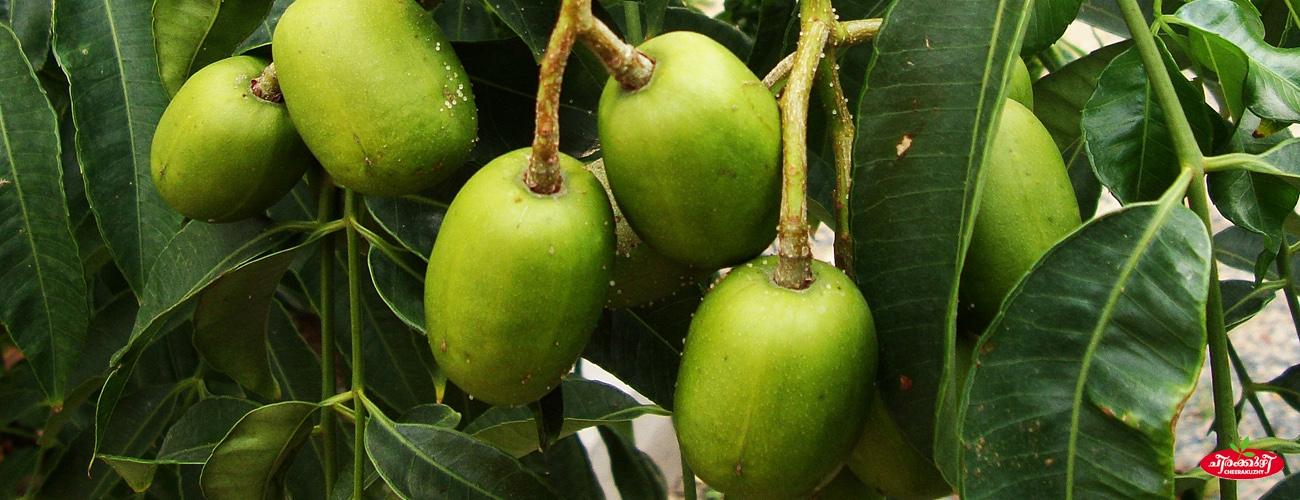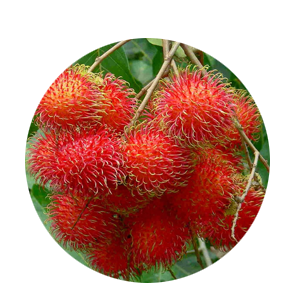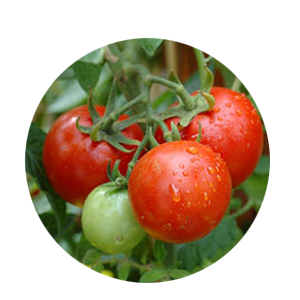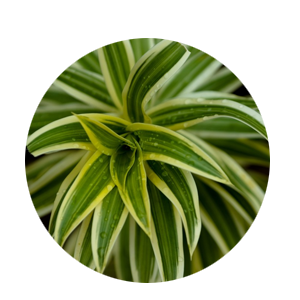Ambazham Sweet - Grafted - (13x13 bag)

Item Description
Botanical Name: Spondias cytherea (Anacardiaceae) The tree is rapid-growing, attaining a height of 60 ft (18 m) in its homeland; generally not more than 30 or 40 ft (9-12 m) in other areas. Upright and rather rigid and symmetrical, it is a stately ornamental with deciduous, handsome, pinnate leaves, 8 to 24 in (20-60 cm) in length, composed of 9 to 25 glossy, elliptic or obovate-oblong leaflets 2 1/2 to 4 in (6.25-10 cm) long, finely toothed toward the apex. At the beginning of the dry, cool season, the leaves turn bright-yellow and fall, but the tree with its nearly smooth, light gray-brown bark and graceful, rounded branches is not unattractive during the few weeks that it remains bare. Small, inconspicuous, whitish flowers are borne in large terminal panicles. They are assorted, male, female and perfect in each cluster. Long-stalked fruits dangle in bunches of a dozen or more; oval or somewhat irregular or knobby, and 2 1/2 to 3 1/2 in (6.25-9 cm) long, with thin but tough skin, often russetted. While still green and hard, the fruits fall to the ground, a few at a time, over a period of several weeks. As they ripen, the skin and flesh turn golden-yellow. While the fruit is still firm, the flesh is crisp, juicy and subacid, and has a somewhat pineapple-like fragrance and flavor. If allowed to soften, the aroma and flavor become musky and the flesh difficult to slice because of conspicuous and tough fibers extending from the rough ridges of the 5-celled, woody core containing 1 to 5 flat seeds. Some fruits in the South Sea Islands weigh over 1 lb (0.45 kg) each. Origin and Distribution The ambarella is native from Melanesia through Polynesia and has been introduced into tropical areas of both the Old and New World. It is common in Malayan gardens and fairly frequent in India and Ceylon. The fruits are sold in markets in Vietnam and elsewhere in former Indochina. It first fruited in the Philippines in 1915. It is cultivated in Queensland, Australia, and grown on a small scale in Gabon and Zanzibar. It was introduced into Jamaica in 1782 and again 10 years later by Captain Bligh, probably from Hawaii where it has been grown for many years. It is cultivated in Cuba, Haiti, the Dominican Republic, and from Puerto Rico to Trinidad; also in Central America, Venezuela, and Surinam; is rare in Brazil and other parts of tropical America. Popenoe said there were only a few trees in the Province of Guayas, Ecuador, in 1924. The United States Department of Agriculture received seeds from Liberia in 1909, though Wester reported at that time that the tree had already been fruiting for 4 years in Miami, Florida. In 1911, additional seeds reached Washington from Queensland, Australia. A number of specimens are scattered around the tip of Florida, from Palm Beach southward, but the tree has never become common here. Some that were planted in the past have disappeared.
Item Description
will update soon
Maintanance, Disease Management And Yielding
Pests and Diseases Ochse says that in Indonesia the leaves are severely attacked by the larvae of the kedongdong spring-beetle, Podontia affinis. In Costa Rica, the bark is eaten by a wasp (\\\\\\\\\\\\\\\\\\\\\\\\\\\\\\\\\\\\\\\\\\\\\\\\\\\\\\\\\\\\\\\"Congo\\\\\\\\\\\\\\\\\\\\\\\\\\\\\\\\\\\\\\\\\\\\\\\\\\\\\\\\\\\\\\\"), causing necrosis which leads to death. No particular insects or diseases have been reported in Florida. In Jamaica, the tree is subject to gummosis and is consequently short-lived. HARVESTING : The fruit is harvested green for the Asian commercial market whilst Europeans prefer the ripe fruit harvested when yellow or when there is colour change and allowed to ripen in a few days. The fresh or dried fruit can be made into jellies, sauces or preserves. Often stewed and used as a replacement for apple on roast pork. It is a good source of minerals and vitamin C. Fresh leaves are added to curries, stews and salads.
- Propogation Method : Grafting
- Plant Climate : Sub Tropical, Normal, Hot, Cool, Tropical
- Plant Height : 2-3 feet
- Plant Weight : 8 Kg
- Plant Polybagsize : 13x13
Related Images
- Botanical Name : Spondias mombin
- Malayalam Name : à´…à´®àµà´ªà´´à´‚
- English Name : Ambarella
Ambarella/à´…à´®àµà´ªà´´à´‚ available in india/kerala
Planting Instructions
Cultivation: Ambarella is a prolific bearer. The tree grows and start bearing quickly. Even the seedlings start bearing fruits within 4 years of planting. The fruiting is almost all the year round under humid tropic conditions. Ambarella can be grown in the warm subtropics as well as the tropics. It is slightly less hardy than the mango. The trees require much light; shaded trees produce little or no fruit. Sheltered locations are advised, as the brittle branches break easily. The trees are drought-tolerant; under stress they may briefly lose their leaves. Ambarella grows on limestone soils as well as on acid sands, but the soil should be well drained. Ambarella is often propagated from seed, which starts to germinate within one month. However, clonal propagation of superior trees is recommended. and not difficult:. This can be done by cuttings, air layering and even grafting. For commercial plantings a spacing of 7.5 m to 12 m is recommended. Trees are prolific and respond to care (water, nutrients) but there is no information on growing techniques or yield levels.
